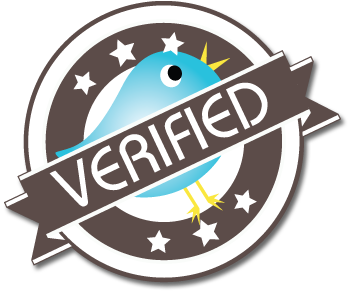Easy access to billions of pages of information has changed the way writers research topics, how they attribute that research and, indeed, how writers perform the writing process itself.
For example, access to email has radically transformed the way journalists do business. It has always been standard practice for a reporter to conduct face-to-face interviews, whether for print or screen media. In fact, a reporter who only contacted his subject via telephone was accused of “calling it in” and taking shortcuts.
In a live interview, a reporter interacts with the subject, picking up on body language and voice cues. By establishing a rapport, a reporter can convince a source to share more and more of his story through friendly banter and questioning. Today, many reporters conduct their business through Question and Answer emails that they may or may not turn into Q and A-formatted articles.
As Erick Qualman predicts in his book “SocialNomics,” more journalists will rely on video interviews since the cost to entry is so low. (p. 104). Any reporter can pull out his FlipVideo camera and he’s “live at 5.” In the future, writers and readers will be mixing up media the same way that we’re mashing up data online. Scrolling through an enticing webzine Q and A with pop star Madonna, for example, will allow the reader to click on recent video of the pop star to see first-hand how well she’s aged. No longer will we need a writer’s description of the crow’s feet surrounding her eyes or the sagging skin drooping from her triceps.
As writers rely on links and mashups and what Naomi Baron calls “vapor text” (facts that surface from nowhere, without proper citing or authority) (p. 41), what happens to the incredibly important notion of primary sourcing? Princeton University defines a “primary source” as a document or physical object which was written or created during the time under study. Students are taught about the importance of citing a primary source in their research. In another 10 years, will there be any primary sources left?
As we delve deeper and deeper into vats of information that have no organization save the imaginations of the “searchers,” will students be able to differentiate between the sources presented to them? For example, if a student is researching the hiding of Jews during World War II and finds a quote from Anne Frank, how is he assured that it’s from the original “Diary of Anne Frank?” Furthermore, in citing a reference from a book on a Kindle, does a student use the “location number?” instead of the page number?
 Clearly, the academic world needs new rules to keep up with the onslaught of online. Perhaps books (and their excerpts) need a verified tag much like celebrities have on their Twitter accounts.
Clearly, the academic world needs new rules to keep up with the onslaught of online. Perhaps books (and their excerpts) need a verified tag much like celebrities have on their Twitter accounts.

Great questions! Can I cite this?
Students already have enough trouble swimming through the internet sources they use without verifying validity.
Hi Martha! Thanks so much for reading and for commenting and (wow) for offering to cite this. Being a student in the internet age is entirely fluid and strange. There’s no accountability for anything. The instant accessibility to information is amazing, but it’s all one big mashup.